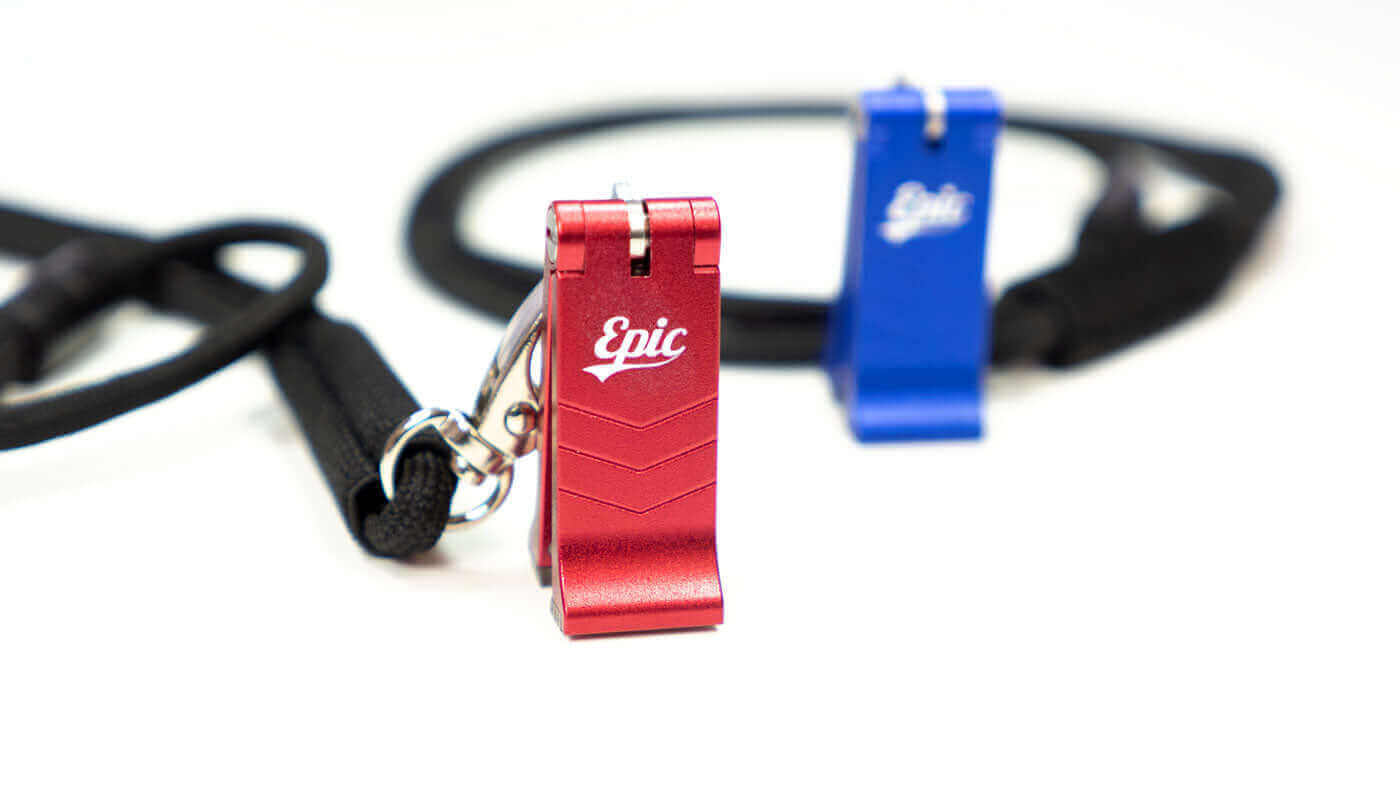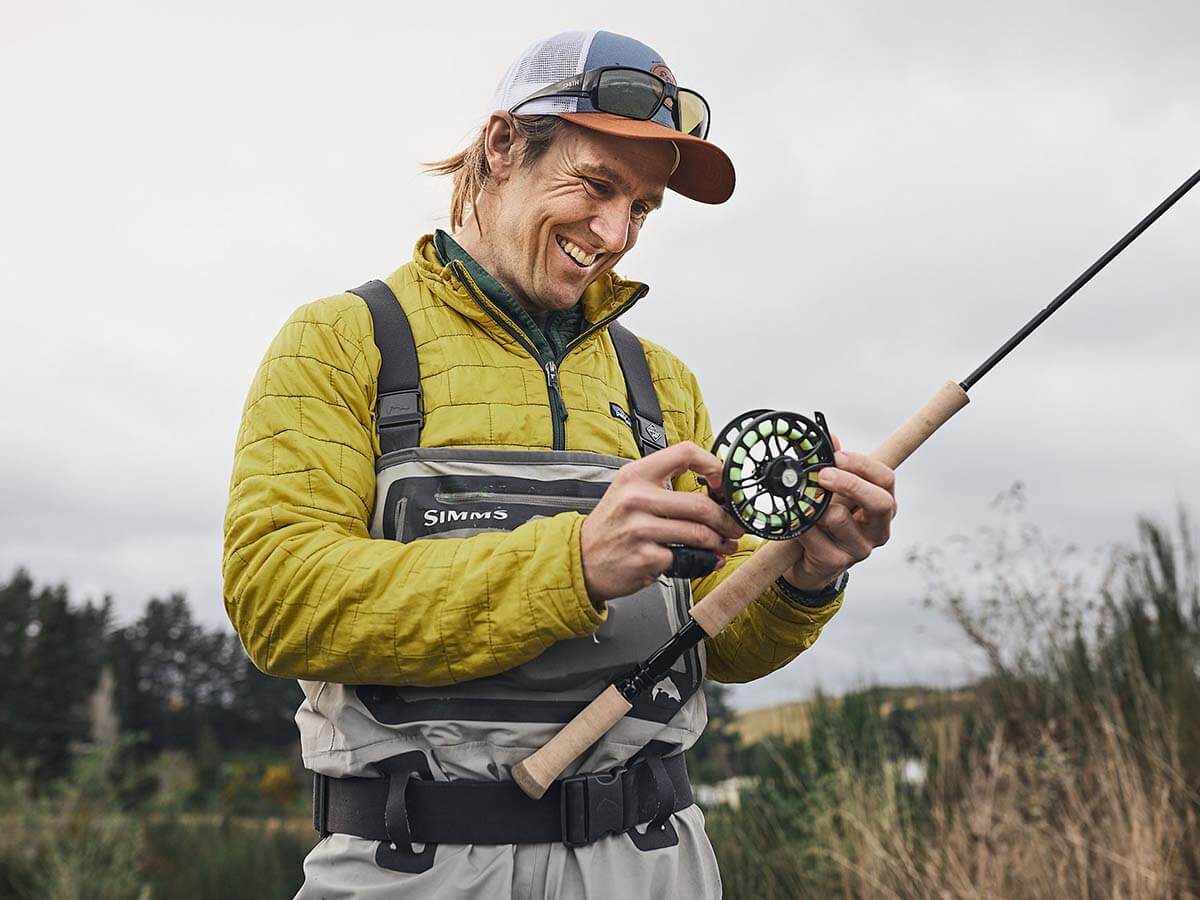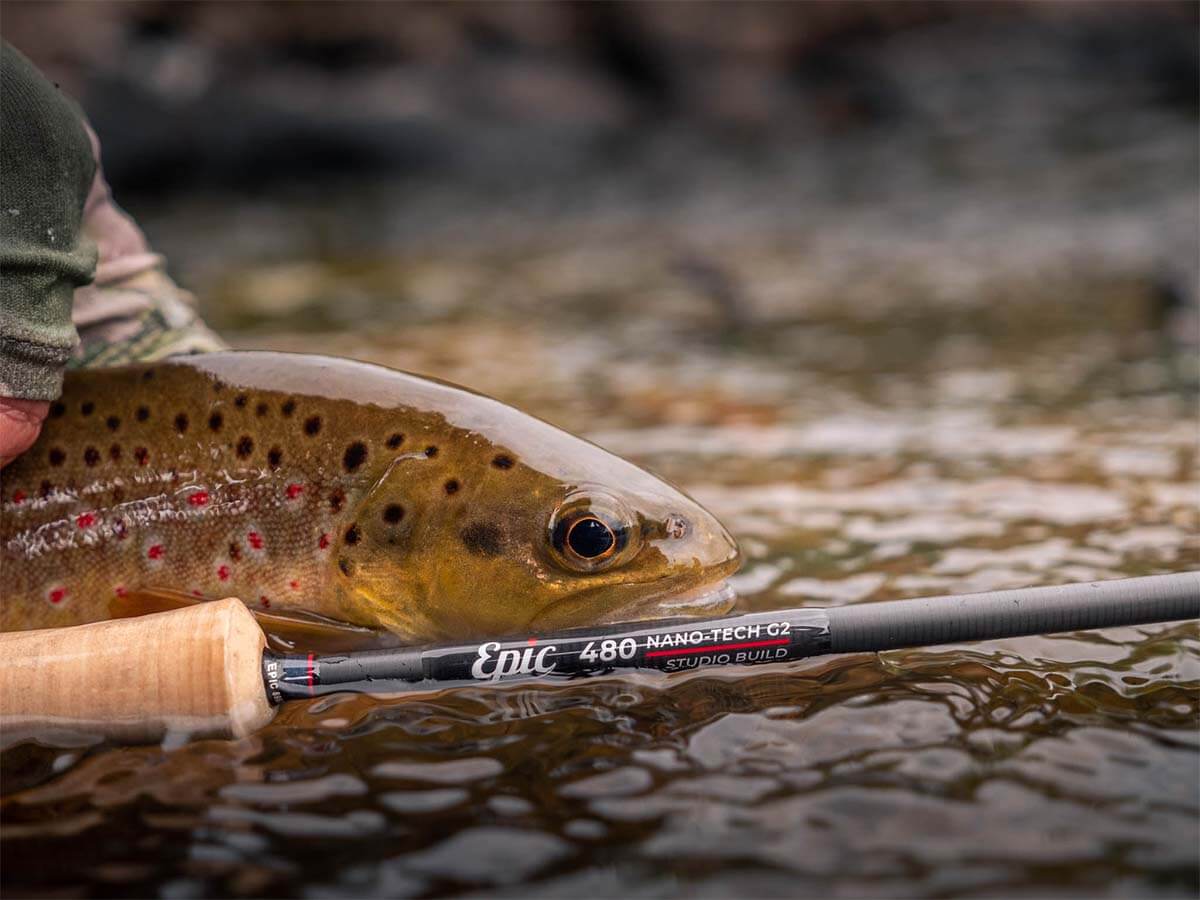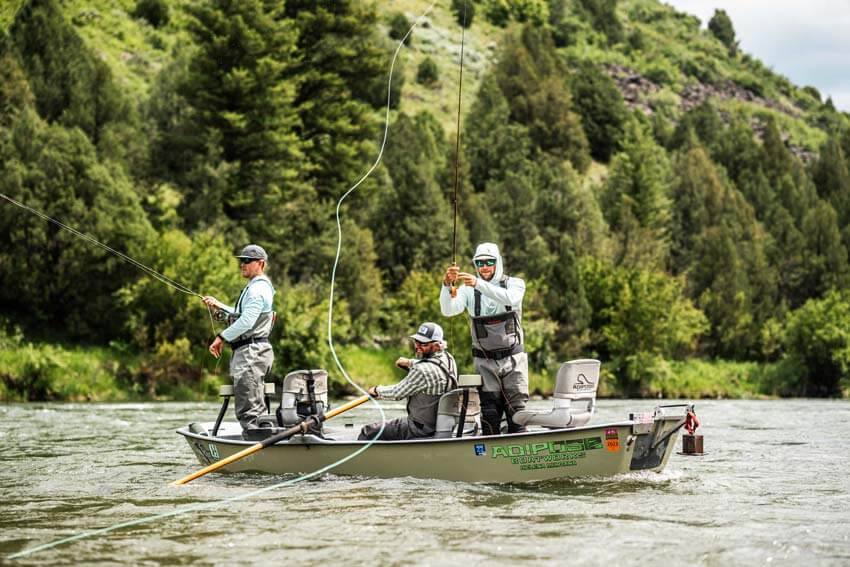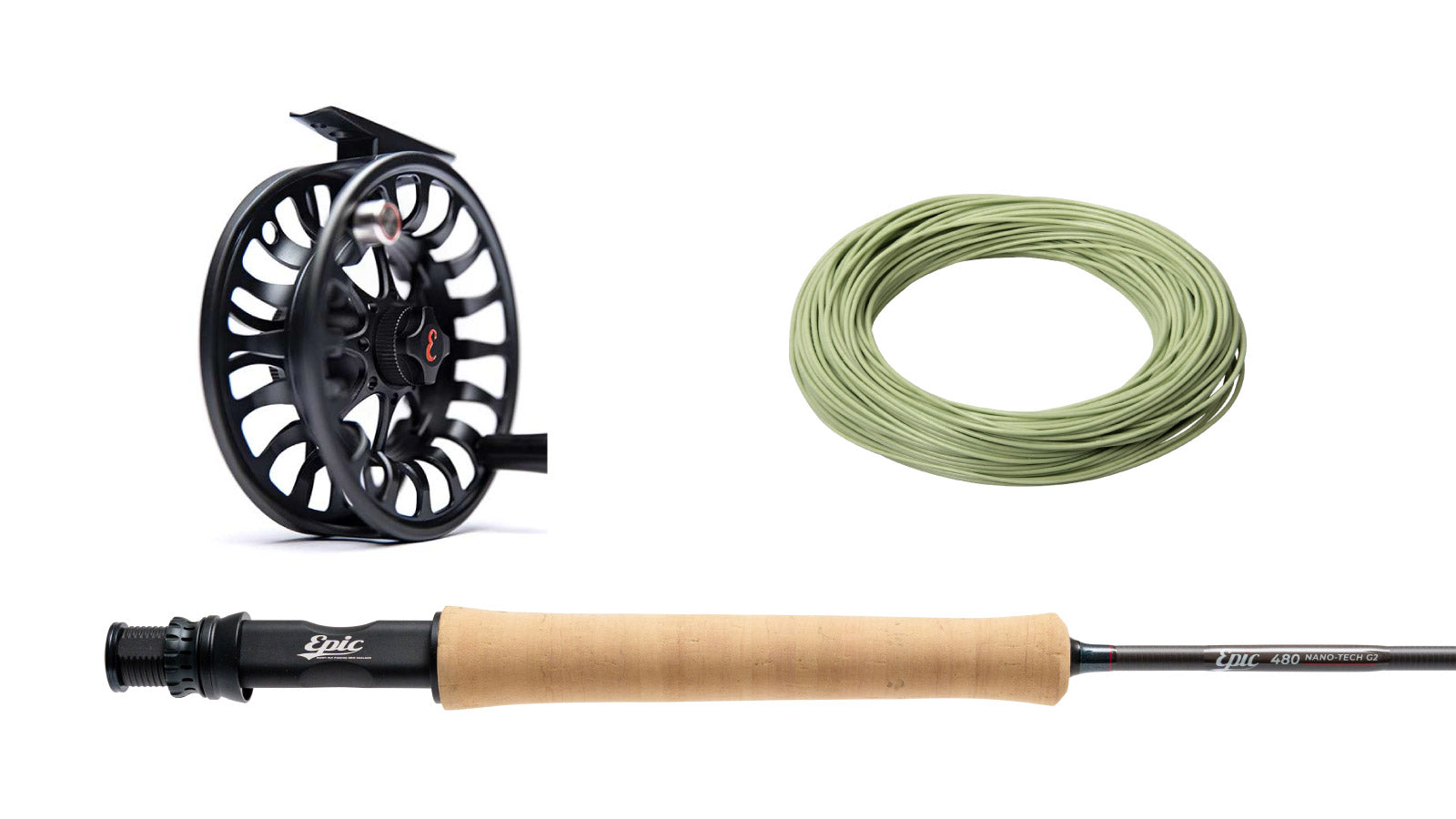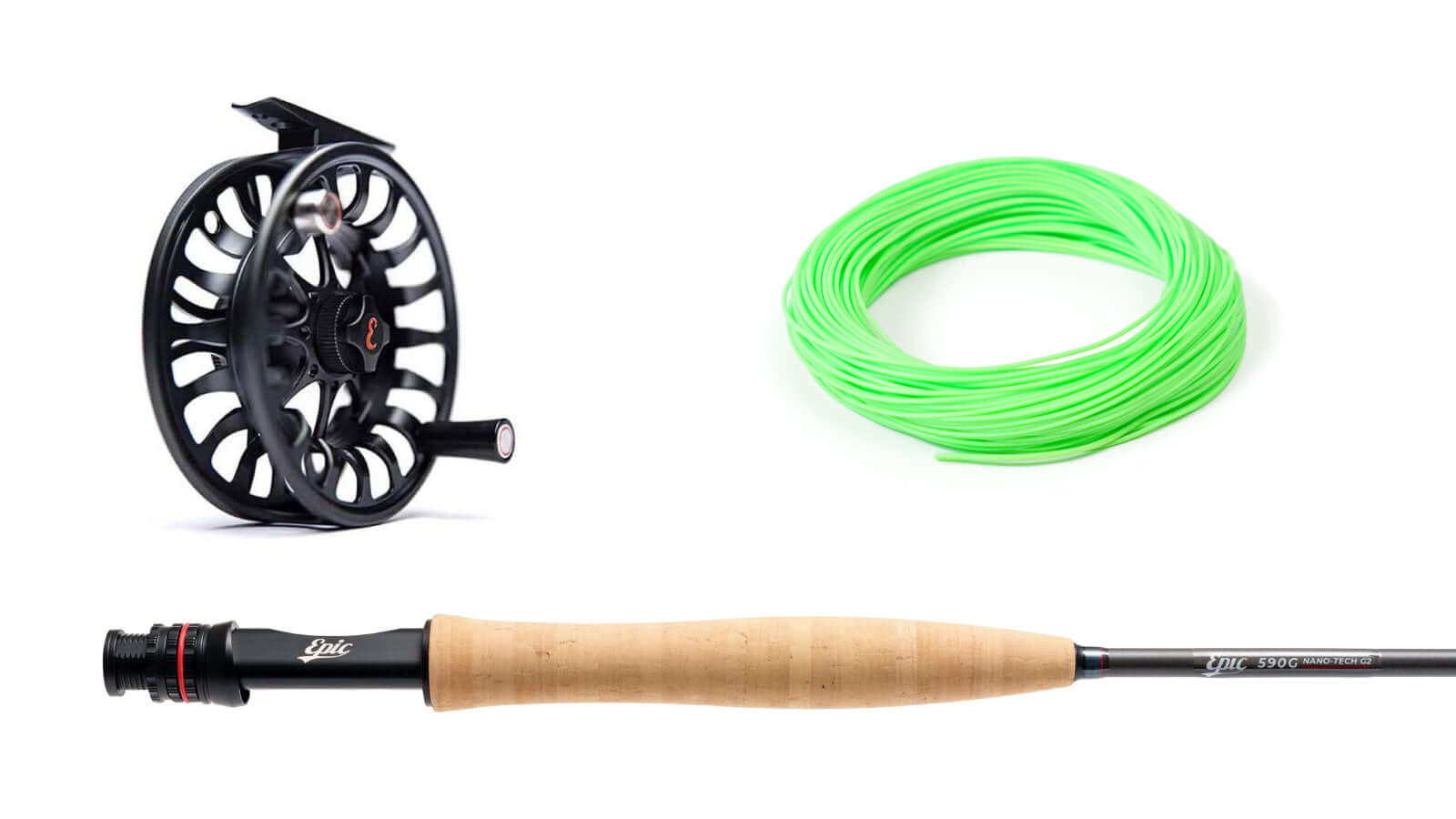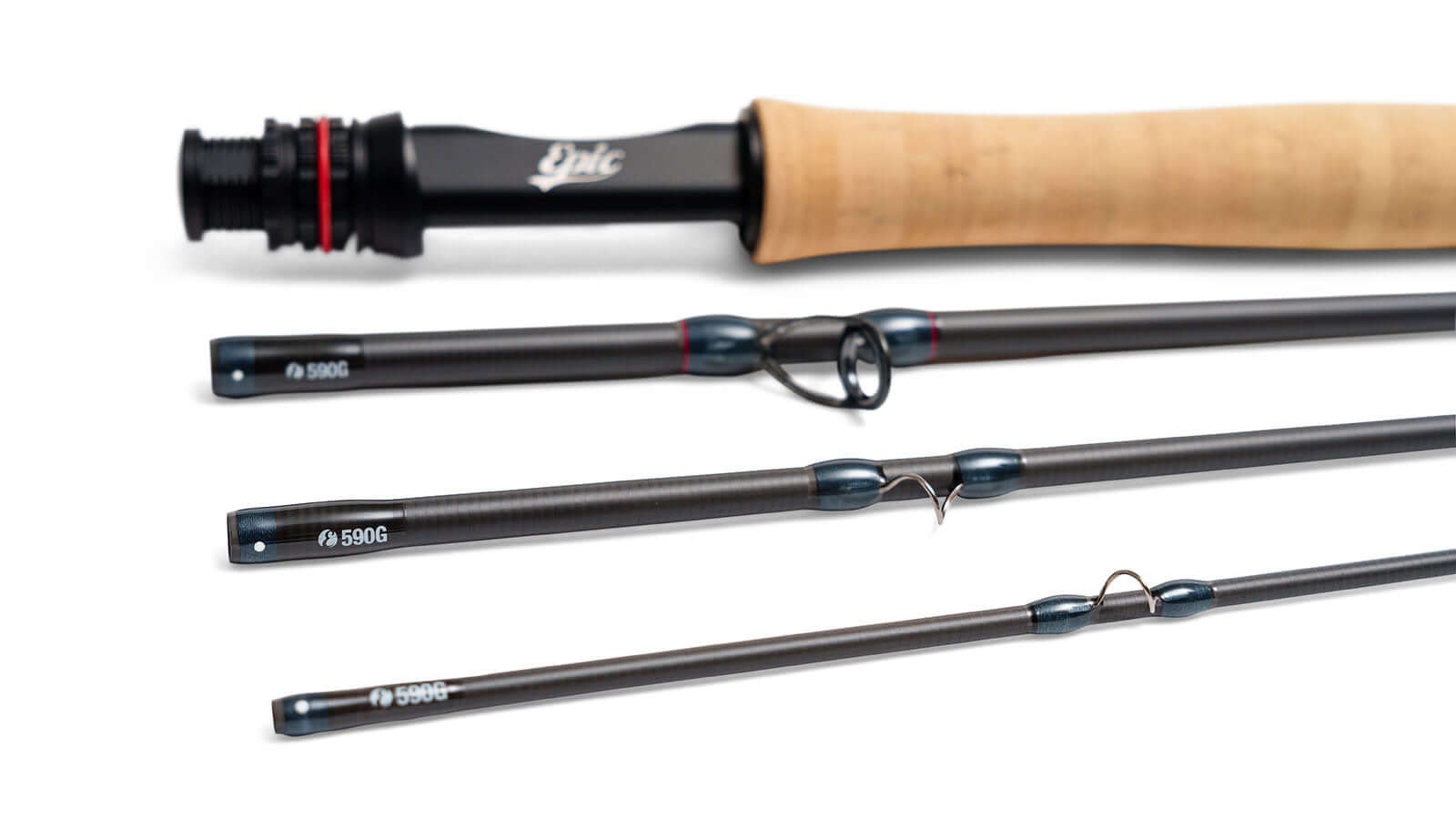Mastering the Art of Spey Fishing
When it comes to the world of fly fishing and fly rods, few techniques are as elegant and effective as Spey casting. Spey fishing is not just a technique; it's a beautiful dance between angler and river. At Epic Fly Rods, we understand the importance of having the right gear for the job. In this blog post, we'll delve into Spey rods and explore the different styles of Spey casting, including Skagit, Scandinavian shooting heads, and full Spey. We'll also provide you with line recommendations for 6wt, 7wt, and 8wt Spey rods of 13 feet, ensuring that your next Spey adventure is nothing short of epic.
Understanding Spey Casting
Spey casting is a two-handed casting technique that originated in Scotland but has gained popularity worldwide, especially for targeting steelhead and salmon. It's a versatile method that allows for longer casts and efficient line management in tight quarters.
1. Skagit Style
Skagit casting is well-suited for casting heavy flies and sinking tips, making it an excellent choice for targeting steelhead and salmon. Skagit lines are shorter and thicker, and they excel at turning over large flies and heavy lines. For a 6wt, 7wt, or 8wt Spey rod of 13 feet, consider Skagit lines with the following grain recommendations:
- 6wt: 450-500 grains
- 7wt: 500-550 grains
- 8wt: 550-600 grains
Tips: Skagit casting often involves the use of tips, especially when targeting steelhead or salmon in various water depths. Sink tips or polyleaders can be added to the Skagit system for effective fly presentation.
Recommendations for Floating Heads: For a 6wt, 7wt, or 8wt Spey rod of 13 feet, consider Skagit-style floating heads in lengths ranging from 23 to 27 feet.
Recommendations for Sinking Heads: When opting for sinking heads in Skagit style, choose heads with sink rates that match your fishing conditions, typically in the Type 3 to Type 8 range.
2. Scandinavian Shooting Heads
Scandinavian shooting heads are known for their versatility and delicate presentation. They are longer and thinner than Skagit lines, allowing for more finesse in your casts. They are ideal for fishing with floating lines and smaller flies. For these Spey rods, look for Scandinavian shooting heads with the following grain recommendations:
- 6wt: 360-400 grains
- 7wt: 400-450 grains
- 8wt: 450-500 grains
Tips: Scandinavian shooting heads are versatile and can be used with both floating and sinking tips when required. They offer anglers the flexibility to adapt to different water conditions.
Recommendations for Floating Heads: For a 6wt, 7wt, or 8wt Spey rod of 13 feet, consider Scandinavian shooting heads with floating tips in lengths ranging from 30 to 40 feet.
Recommendations for Sinking Heads: When adding sinking tips to Scandinavian shooting heads, choose tips with sink rates suitable for the target species and water conditions.
3. Full Spey Style
Full Spey casting is the traditional Spey technique and is characterized by graceful, sweeping motions. It's perfect for covering a wide range of water and presenting flies with elegance. Full Spey lines are long and tapered, offering smooth energy transfer. For Spey rods in the 6wt, 7wt, and 8wt range, consider full Spey lines with the following grain recommendations:
- 6wt: 480-530 grains
- 7wt: 530-580 grains
- 8wt: 580-630 grains
Tips: Full Spey casting often incorporates the use of tips, particularly when fishing for salmon and steelhead in varied river situations. Sink tips or polytips can enhance your presentation.
Recommendations for Floating Heads: For a 6wt, 7wt, or 8wt Spey rod of 13 feet, consider full Spey floating heads in lengths ranging from 55 to 65 feet.
Recommendations for Sinking Heads: When opting for sinking heads with full Spey style, choose heads with sink rates matched to the depth and current of the water you're fishing.
Choosing the Right Line for Your Epic Spey Rod
At Epic Fly Rods, we understand that your Spey rod is only as good as the line you pair it with. The recommendations provided above serve as a starting point, but individual casting styles and preferences may vary. It's essential to test different lines to find the one that complements your casting stroke and the conditions you fish in.
Spey fishing is a journey that rewards skill, practice, and the right equipment. With Epic Fly Rods and the right Spey line, you'll be well-equipped to tackle any river and connect with the water and its inhabitants in a way that only Spey fishing can offer.



